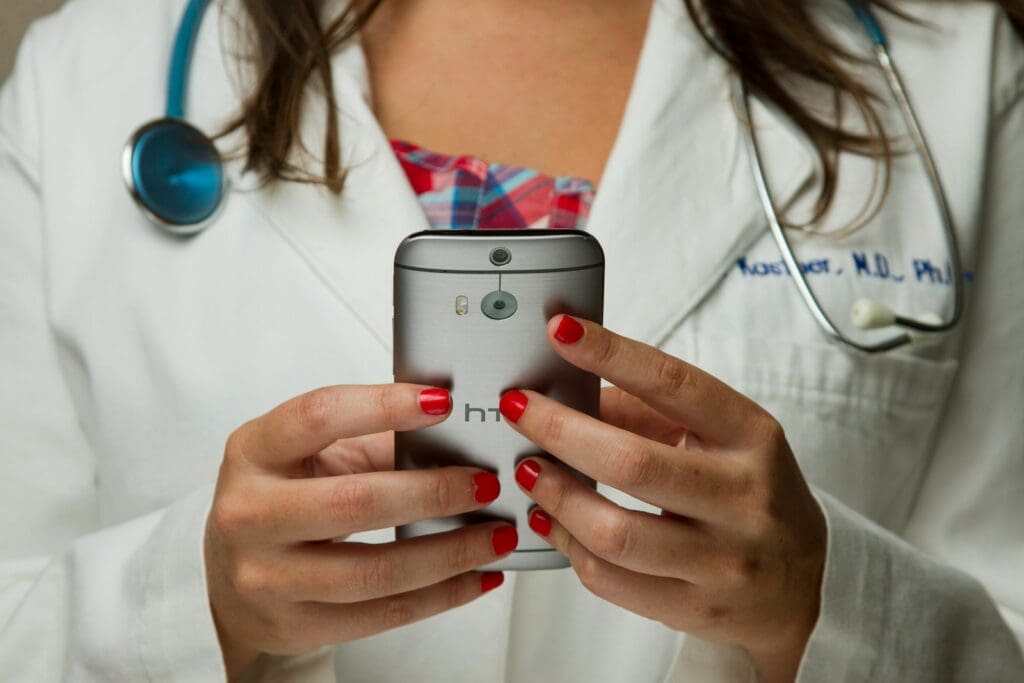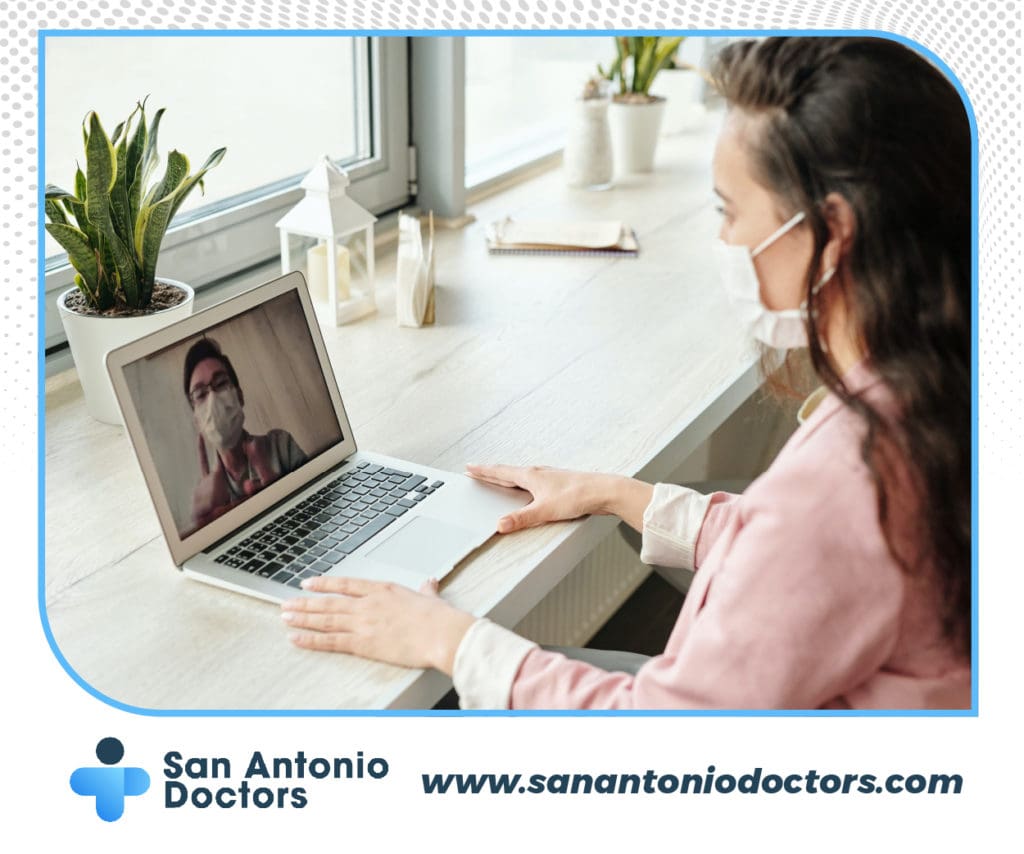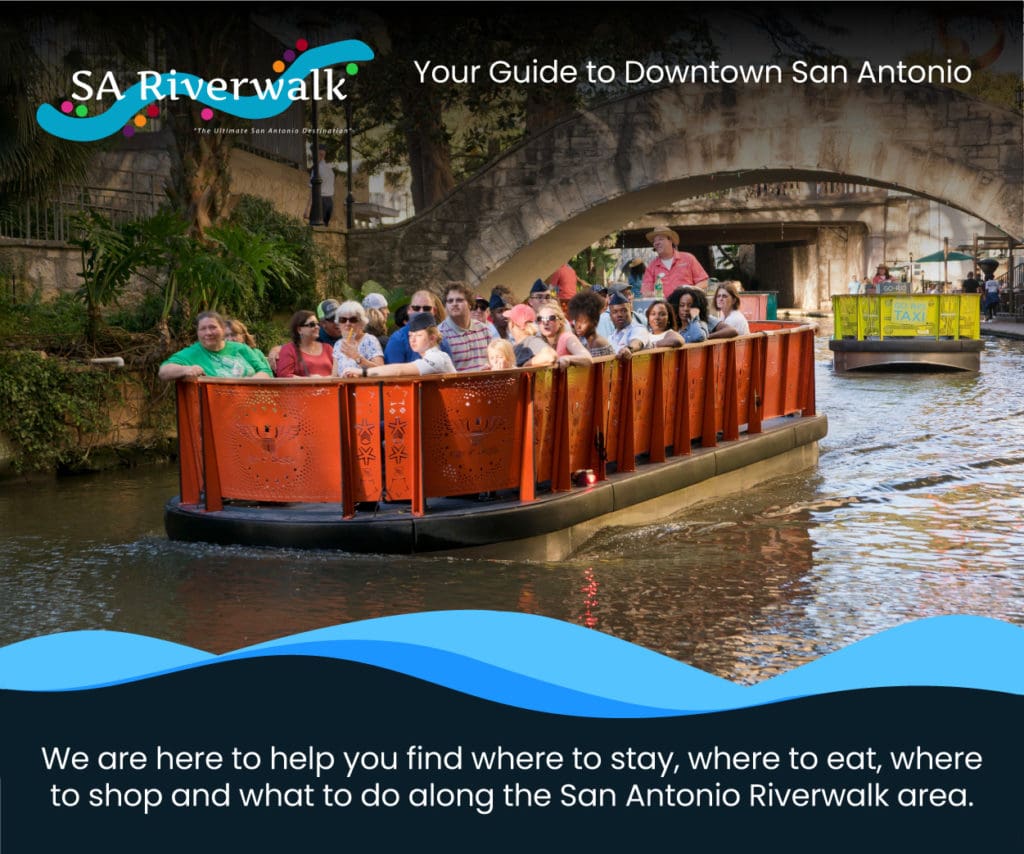
Enhancing Access to Dental Care through Digital Innovation
Teledentistry, harnessing the power of telecommunications and digital technologies, is rapidly transforming the delivery of dental care. It offers an innovative solution to the long-standing challenge of ensuring widespread access to dental services. With a focus on extending the reach of dental professionals to patients who might otherwise go without care, teledentistry enables remote consultations, diagnosis, and treatment planning, effectively bridging the gap in dental care access amid the digital era.
By providing patients the convenience of receiving dental consultations from the comfort of their homes, teledentistry not only saves time but also reduces the barriers associated with traveling to a dental office, such as geographic constraints or mobility issues. This remote care model is particularly beneficial for individuals living in rural or underserved urban areas, where dental professionals may be scarce. Additionally, through digital record-keeping and the sharing of diagnostic images, teledentistry facilitates seamless communication between primary care providers and dental specialists, streamlining patient care and enhancing collaboration among healthcare professionals.
The benefits of teledentistry also extend to education and preventive care. Dental professionals can leverage this technology to educate patients on proper oral hygiene practices, potentially reducing the incidence of dental disease. It allows for timely intervention, advice, and referrals when necessary, ensuring that minor issues can be addressed before they escalate into more serious problems. As the digital age continues to evolve, teledentistry stands as a beacon of progress, promising to improve dental health outcomes by making dental care more accessible, efficient, and patient-centered.
Evolution of Teledentistry
Teledentistry has transformed from a novel idea into a critical component of modern dental care, providing remote consultation and diagnosis capabilities.
Historical Context
Teledentistry originated in the early 1990s as part of a greater movement towards telehealth. Its primary aim was to extend dental care services to underserved populations, such as those in remote areas. The first projects were government-funded pilots, which set the foundation for today’s models of remote dental services. These pioneering programs demonstrated that dental care could be effectively delivered beyond the confines of traditional dental offices.
Technological Advancements
The progression of teledentistry has been greatly accelerated by rapid technological advancements. Early systems relied on simple digital communication tools, but today’s teledentistry platforms use sophisticated software and hardware, including high-resolution intraoral cameras and secure, HIPAA-compliant video conferencing tools. The state-of-the-art technology now allows for comprehensive dental evaluations, interactive patient education, and real-time collaboration between general dentists and specialists. This evolution has made teledentistry a feasible and efficient option for many dental practices across the globe.
Advantages of Teledentistry
Teledentistry has emerged as a significant advancement in the field of dental care. It addresses several key challenges by leveraging digital technology to deliver dental services and education.
Accessibility Enhancement
Teledentistry greatly increases access to dental care, particularly for those in remote or underserved areas where traditional dental clinics may be scarce. It enables patients to receive consultations and follow-up care without the need to travel long distances. This is especially beneficial for individuals with mobility issues or those living in areas with limited public transportation options.
Cost Reduction
By reducing the necessity for physical office visits, teledentistry can help lower the cost of dental care. It saves on overhead expenses for dental practitioners and can often result in lower fees for patients. Additionally, the efficiency of teledentistry appointments can lead to reduced costs associated with patient time off work and travel expenditures.
Patient Comfort
Many patients experience anxiety when visiting a dental office. Teledentistry provides the opportunity for patients to consult with their dental providers from the comfort of their own homes. This can result in a more relaxed experience, increasing the likelihood that patients will seek and continue regular dental care. Moreover, the use of familiar technology can help demystify dental procedures and foster a greater sense of control for the patient.
Teledentistry Applications
Teledentistry leverages digital information and communication technologies to deliver and oversee dental care, advice, and education. It offers various applications that are transforming the dental industry.
Remote Consultations
Teledentistry enables patients to receive dental consultations from the comfort of their homes. They can share concerns and images of their oral cavity with dentists in real-time, allowing for a preliminary assessment without an in-office visit. This feature is especially beneficial for individuals with limited mobility or those living in remote locations.
Oral Health Monitoring
Patients can benefit from continuous oral health monitoring through teledentistry. Dentists can provide feedback on a patient’s oral hygiene practices, track the progress of orthodontic treatments, and monitor the healing process after dental surgeries, all via virtual tools and uploaded dental images.
Emergency Support
In case of dental emergencies, teledentistry offers prompt emergency support. Patients can quickly contact dental professionals who can assess the situation and provide advice on immediate actions to take, such as managing pain or infection before an in-person emergency visit. This immediate access can be pivotal in reducing the severity of dental issues.
Implementation Challenges
While teledentistry presents significant opportunities for expanding access to dental care, there are several implementation challenges that must be addressed. These challenges range from legal and ethical concerns to technical hurdles and the varying levels of acceptance among dental professionals.
Legal and Ethical Considerations
Teledentistry must navigate a complex web of regulations that can vary widely by region. Data protection is paramount, requiring compliance with laws such as the Health Insurance Portability and Accountability Act (HIPAA) in the United States. Informed consent is another major legal consideration, ensuring that patients understand the nature and limits of remote consultations.
Technical Barriers
Effective teledentistry relies heavily on advanced technology. However, both patients and providers may face technical barriers, such as insufficient broadband access or a lack of familiarity with digital tools. Ensuring interoperability between different systems and software also remains a significant challenge.
Adoption by Professionals
Not all dental professionals may be ready to embrace teledentistry. Some may doubt its efficacy or struggle with the transition from traditional to digital practice. Professional development and training are essential to foster adoption and adapt to new technologies and methods of patient interaction.
Future of Teledentistry
The increasing adoption of teledentistry reflects its potential to become a staple in future dental care. With emerging technology and wider integration, it promises enhanced patient care and access.
Innovations on the Horizon
Developments in artificial intelligence (AI) and machine learning are set to significantly enhance teledentistry services. These technologies could facilitate more accurate diagnoses, as AI-powered systems assist in interpreting dental images and recognizing patterns indicative of oral diseases. Additionally, integration with augmented reality (AR) can offer more interactive and detailed patient education, potentially allowing them to visualize treatment outcomes.
In the area of patient management, secure blockchain technologies are being explored to streamline record-keeping and ensure the confidentiality of patient data. This has the potential to improve the patient’s trust and compliance with remote dental care practices.
Integration with Other Telehealth Services
Teledentistry is poised to become an integral part of a broader telehealth ecosystem. It could be seamlessly connected with other telehealth solutions, offering a more multidisciplinary approach to patient care. For instance, integration with electronic health records (EHRs) ensures that dental care is efficiently coordinated with a patient’s overall healthcare plan.
With the continuing advancements in Internet of Medical Things (IoMT), teledentistry may soon utilize a range of connected devices that can provide real-time data to dentists. This could lead to on-the-spot consultations and the ability for professionals to monitor oral health indicators remotely, leading to prompt interventions when necessary.



